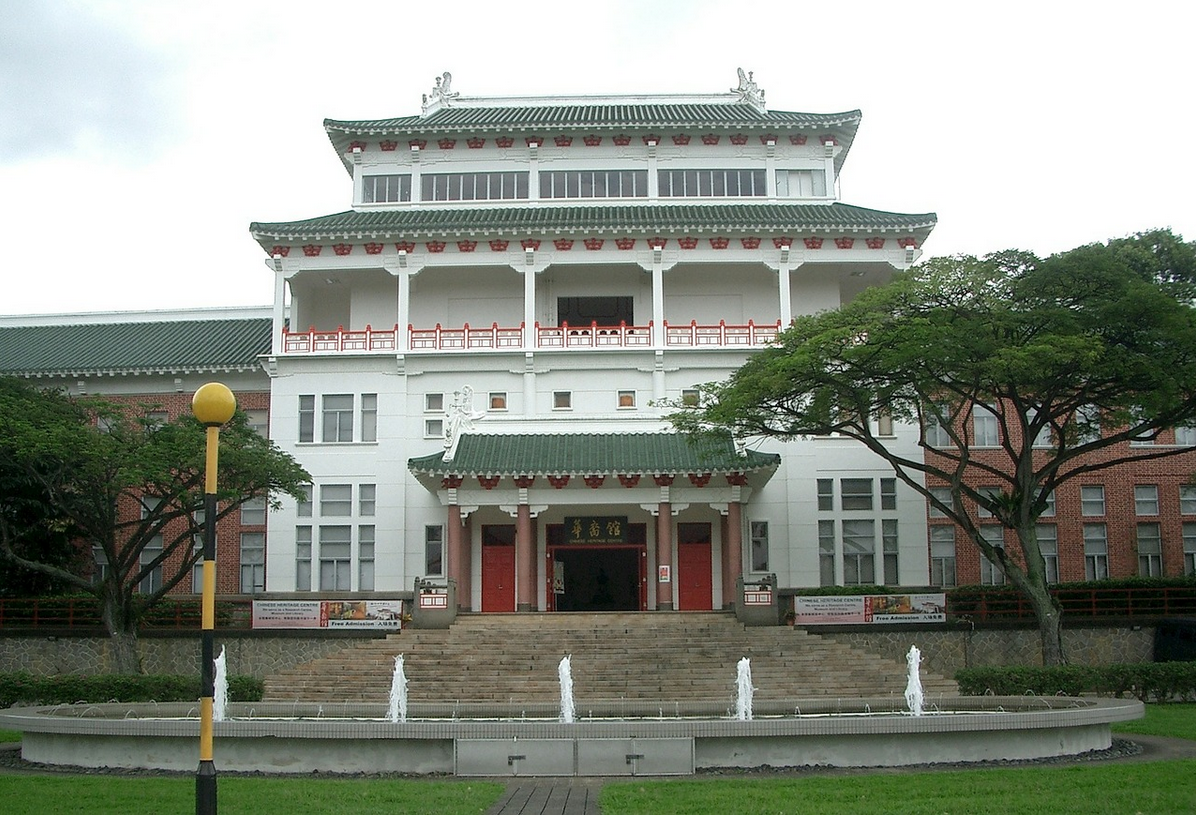23.08.2018 Invited Talk Prof. Teich at NTU Singapore
Prof. Teich gave his invited talk “Mixed Static/Dynamic Application Mapping for NoC-Based MPSoCs with Guarantees on Timing, Reliability and Security” at Nanyang Technological University (NTU) Singapore.
In this talk, an overview of techniques for systematically mapping parallel program applications to NoC-based multi-core architectures (MPSoCs) was presented. Complex applications requiring heterogenous processing resources are often described by task graphs with data dependencies. Here, nodes present actors or tasks which are typically activated periodically based on the availability of data. One prominent domain of applications fitting this model is stream processing. Here, it is often important to guarantee either bandwidth or execution time requirements. But typically, also security and reliability aspects may exist that impose further constraints on the mapping of the tasks as well as their communication to cores, respectively routes in the underlying NoC.
In the focus of the presentation are techniques called “Hybrid Application Mapping (HAM)”. Here, a careful analysis and characterization of symmetric mappings by constellations of cores and routes is explored in a static (compile-time) phase of Design Space Exploration (DSE). At run-time, the operating system then only needs to search within a much smaller space of pre-characterised constellations for finding a concrete mapping that will satisfy the given non-functional constraints by construction.
In order to allow the analysis of applications statically and independently, however, techniques for isolation are needed. This is achieved using a novel programming paradigm called Invasive Computing. Here, cores are “invaded” at run-time for exclusive usage before execution rather than shared. For a rather general class of NoC-based MPSoC architectures, it will be shown that HAM allows to provide guarantees not only guarantess on timinig, but also on reliability and on certain security properties on demand of an invididual application through the enforced isolation of resources. As a case study, we apply and demonstrate the concepts for a video-based cyber-physical real-time control application
